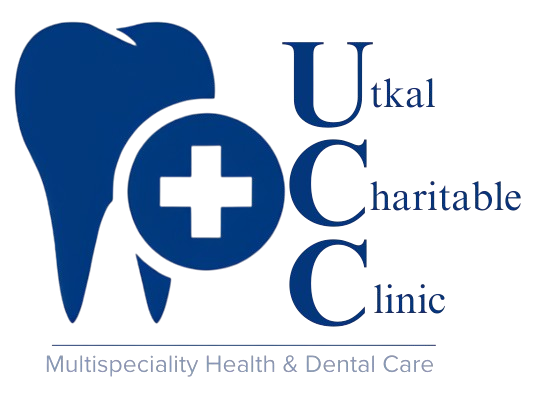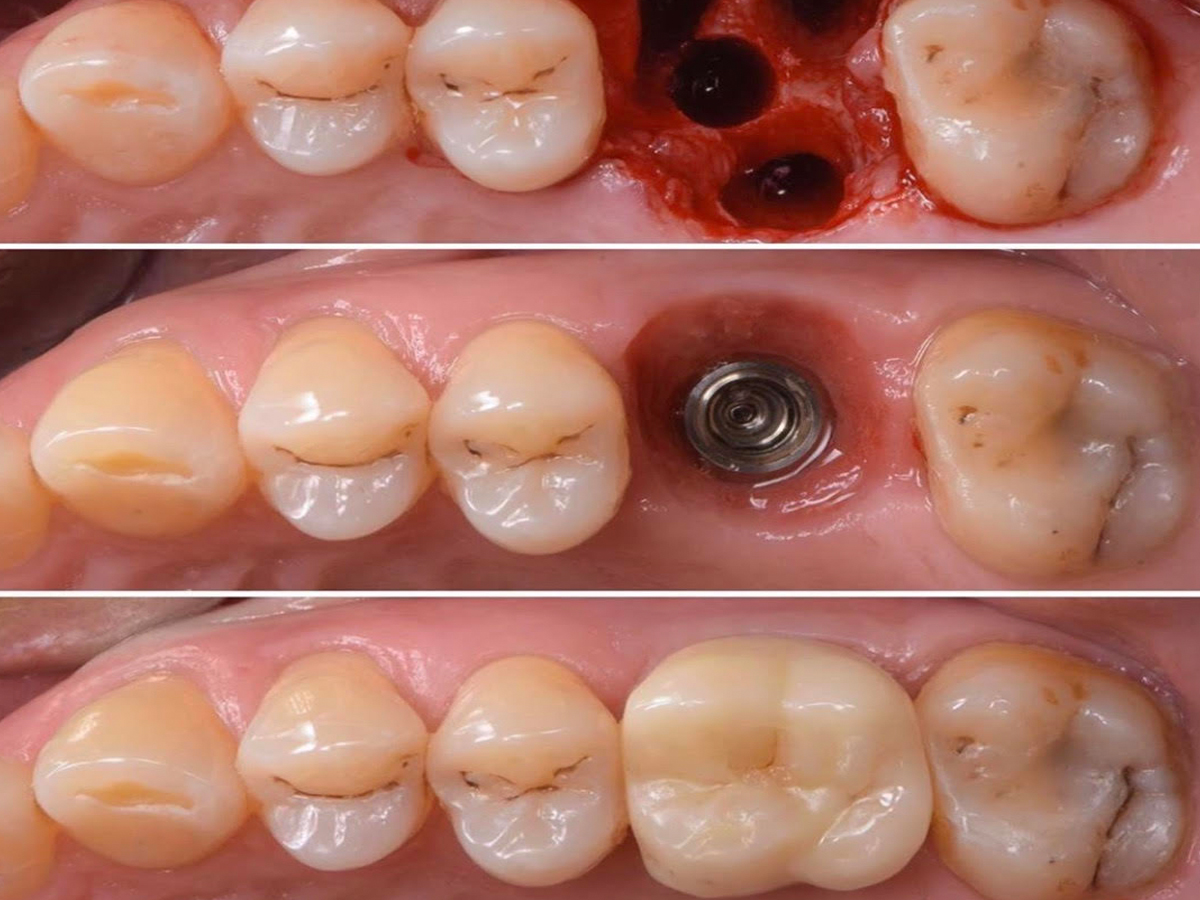Why you need dental implantation ?
A dental extraction, sometimes referred to as exodontia, is the removal of a tooth from the mouth. Extractions are performed foe a wide variety of reasons, including tooth decay that has destroyed enough tooth structure to prevent restoration. Extractions of impacted or problematic wisdom teeth are also routinely performed, as are extractions of some permanent teeth to make space for orthodontic treatment.
What should you expect when you are scheduled for a tooth extraction?
- Examination and X-rays: The dentist will examine your tooth and may take X-rays to evaluate the condition of the tooth, its position, and the surrounding structures.
- Anesthesia: Local anesthesia is commonly used to numb the area around the tooth to ensure you're comfortable during the procedure. In some cases, general anesthesia or sedation may be used, especially for complex extractions or if multiple teeth need to be removed.
- Loosening the tooth: Using dental instruments called elevators, the dentist gently loosens the tooth by rocking it back and forth. This helps to expand the socket and separate the tooth from the ligaments and tissues that hold it in place.
- Extraction: Once the tooth is sufficiently loosened, the dentist uses forceps to grasp the tooth and carefully remove it from the socket. In some cases, a tooth may need to be sectioned into smaller pieces to facilitate its removal.
- Socket cleaning and stitches (if necessary): After the tooth is extracted, the dentist may need to clean the socket to remove any remaining debris or infection. Stitches may be placed to close the wound if the extraction was more complex or if multiple teeth were removed. Dissolvable stitches are commonly used, but sometimes the dentist may need to remove them after a few days.
- Post-extraction care: The dentist will provide you with instructions on how to care for the extraction site. This may include recommendations for pain management, swelling reduction, and proper oral hygiene practices. It's crucial to follow these instructions to promote healing and prevent complications.
Healing and follow-up: The socket will gradually heal over time, and new bone will form in the area where the tooth was extracted. It's important to attend any follow-up appointments scheduled by your dentist to monitor the healing process and ensure there are no complications.
For pain relief, your dentist will numb the region. Your dentist will give you post-op instructions after the extraction; in most cases, some bleeding is normal. Avoid anything that can impede healing as it should. Generally speaking, it's recommended to refrain from smoking, gargling with alcohol, or drinking through a straw for 24 hours. These actions may cause the clot to move and postpone healing. Rinse your mouth gently after for the first several days. You can use an ice pack or a cool cloth to treat discomfort or swelling. Consult your dentist regarding painkillers. The other teeth can be brushed and flossed as usual, but the teeth nearest to the tooth socket shouldn't be cleaned.
Quality Assurance
Most Advanced dental technology from USA & Germany.
Sterilization
We exceed International hospital grade sterilization standards.
Lab Support
We work in collaboration with the best dental laboratories of the world.
Team of CRM
Get 24×7 personalized assistance from your dedicated CRM.
Pricing
We believe in delivering Top Notch Dentistry at the most affordable pricing.
Luxury Experience
Experience Elite dentistry at our award winning dental office in India.


